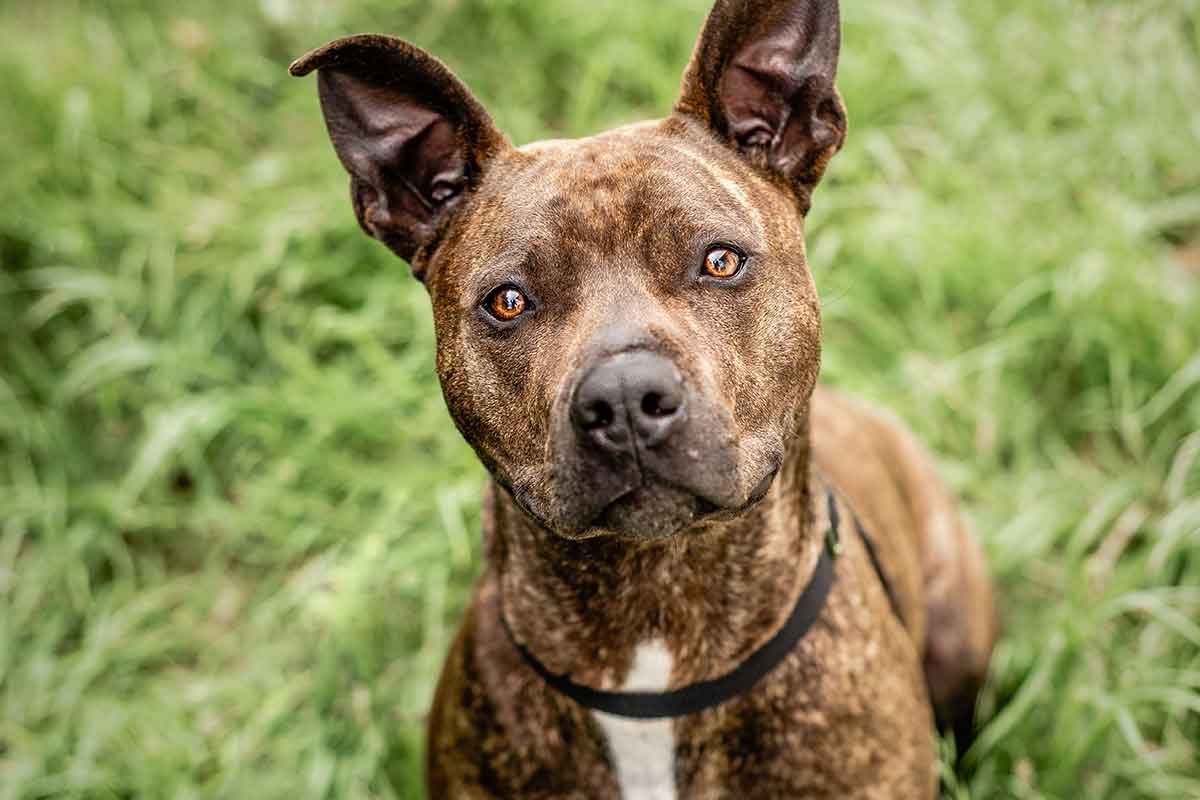Want to better understand your dog? You may be surprised to learn that he says a lot by how his positions and moves his tail and ears.
Although a dog’s tail is situated far from the ears, these key body parts work in harmony in clearly communicate a wide range of moods from anger to fear and curiosity to elation.
In other words, your dog is doing a lot of “yapping” without making a single sound simply by how he wags his tail or pivots his ears when greeting people or other dogs.
“Tails can be confusing to read because dogs come in so many shapes and sizes,” says Julie Reck, DVM, veterinarian and owner of Veterinary Medical Center of Fort Mill in South Carolina. “An Australian Shepherd has a docked tail and a Husky has a natural curl to the tail. By the time, the Husky puffs his tail, we have missed a lot of what the Husky was trying to tell us.”
Her advice: look at the total dog to determine whether it is safe to approach or not.
“When it comes to reading a dog’s behavior, the tails and ears are huge markers, but you can never overlook their eyes,” says Dr. Reck, a Fear Free certified professional. “A dog delivering a set and fixed gaze is cause for concern, and you definitely do not want to reach to pet that dog. And a wagging tail could be a friendly sign, or it could be a way for a stressed dog to express energy out of his body. That’s why it is key to step back and read all the telltale signs a dog is giving out.”
In general, here are some tail-ear posture pairings and how they work together to convey a dog’s emotional state:
Circular tail wag with soft ears: This usually signals a happy, friendly dog who is eager to greet you. Breeds with long, bushy tails, such as Keeshonds and Belgian Tervuren, lazily wag in a circular motion to show affection to their favorite people. But breeds with stubby tails, such as Boxers and Rottweilers, show their excitement upon seeing their favorite people by causing their tails to appear to vibrate and wiggle their whole bodies. This friendly posture is often matched with an open grin, squinty eyes and a relaxed or swaying body.
Stiff tail wagging slowly side to side with ears up: This combination can convey an alert, cautious dog who is assessing the situation before deciding how to respond. The face joins the tail and ears in this “I-mean-business” posture with tight muscles and a steady, unblinking stare. The back legs are often wide apart and rigid with the dog leaning forward. He is declaring to others to keep their distance.
Stiff, non-moving tail with ears pinned back: Dogs who are ready to attack tend to keep their tails stiff and parallel to the ground or raised. They will pull their ears back to prevent them from getting injured in a possible fight.
Tail tucked and ears pivoted to the side or flattened: This tail-ear combo is often demonstrated by a dog who is afraid or anxious and is doing his best to alert you or other dogs that he is not a threat. A dog displaying fear will also tend to sport a smooth forehead and will often cower.
Raised tail with ears loose and body relaxed: Confident, friendly dogs will often raise their tails to expose their anal area, allowing other dogs to more easily sniff during greetings. However, the raised tail can be a yellow caution light if the body is not relaxed.
Relaxed tail with cupped ears: When the head is also learning forward or to one side and the eyes are alert and focused, this often indicates a dog who is curious about something they see of great interest, such as a person picking up a tennis ball or a squirrel who has managed to leap from the branch of one tree to another in the backyard.
Parting advice: Working with a certified dog trainer or a veterinary behaviorist can help you decode canine postures and vocalizations so you can enjoy better two-way communication with your dog and other dogs you meet.
This article was reviewed/edited by board-certified veterinary behaviorist Dr. Kenneth Martin and/or veterinary technician specialist in behavior Debbie Martin, LVT.








